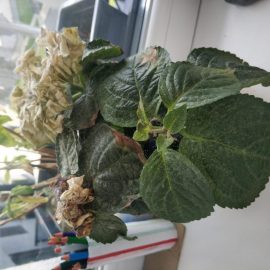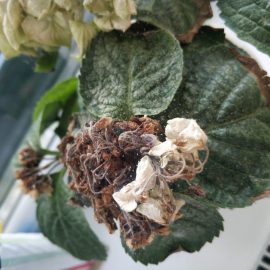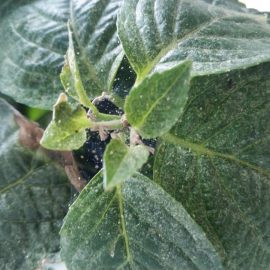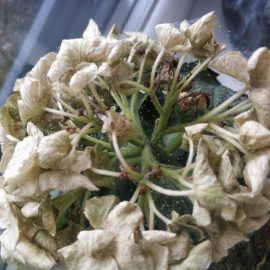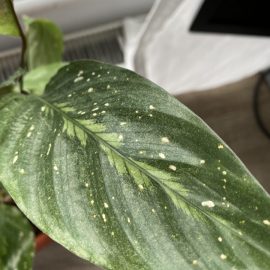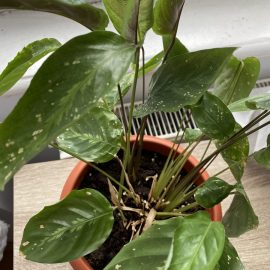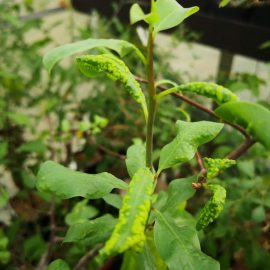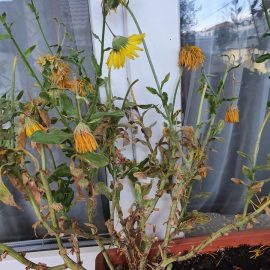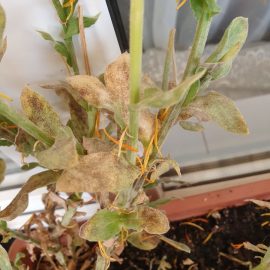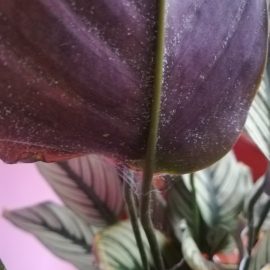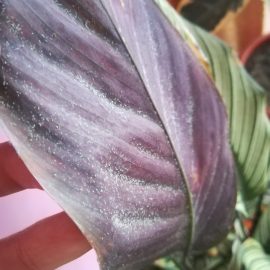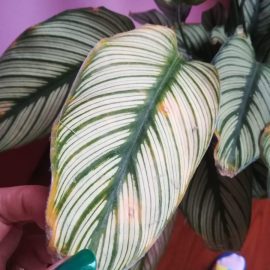Red spider mite (Tetranychus urticae) – pest management
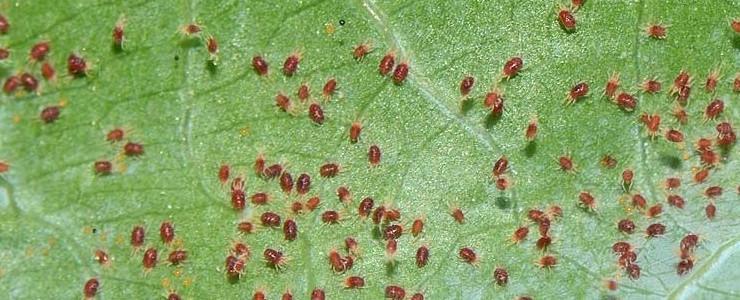
The red spider mite (Tetranychus urticae) can be found on all continents. It is considered one of the most widespread species of pests in agriculture. It can be found in active condition on the most important crops and weeds, starting from March-April and until late autumn, at the end of November. It is also present on all crops of ornamental plants or vegetables grown in greenhouses, polytunnels, and seedbeds. The red spider mite can also be frequently found in vineyards and orchards.
Description. The female has an ellipsoidal body, 0.36-0.53 mm long, of variable color, from light green, brown, and yellow to carmine or dark red. The male has a pear-shaped body, 0.22-0.35 mm long and lighter in color. The larva has an ellipsoidal shape, pale yellow or greenish-yellow. The egg has a spherical shape, is smooth, and immediately after laying it has a whitish, glassy appearance. As the embryo develops, the color becomes yellow-orange.
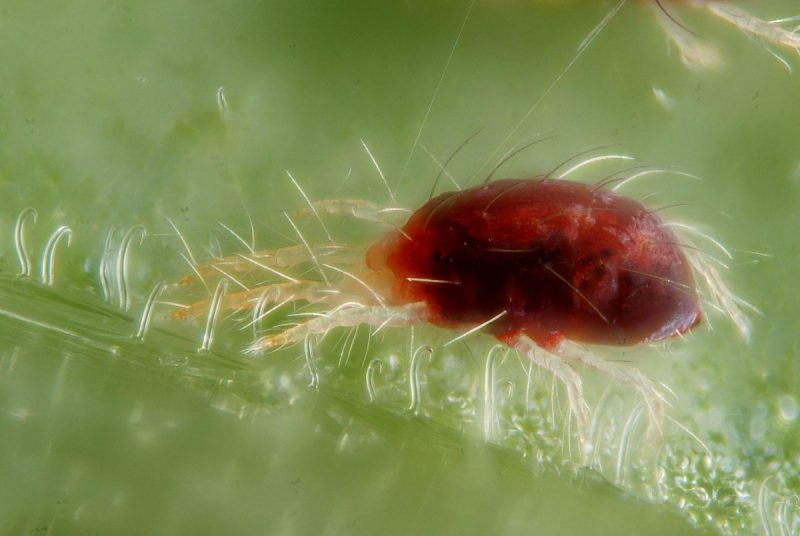
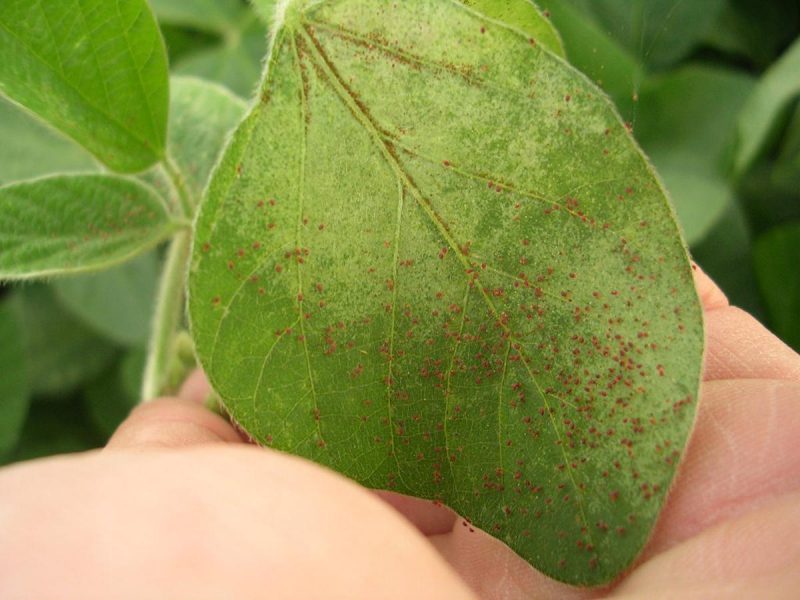
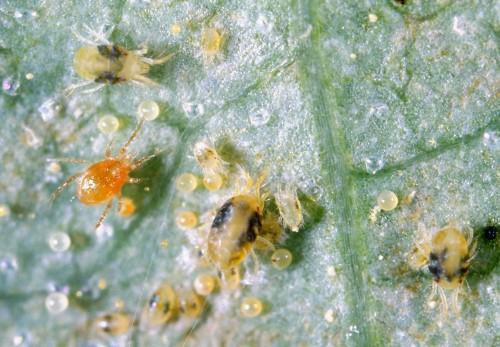
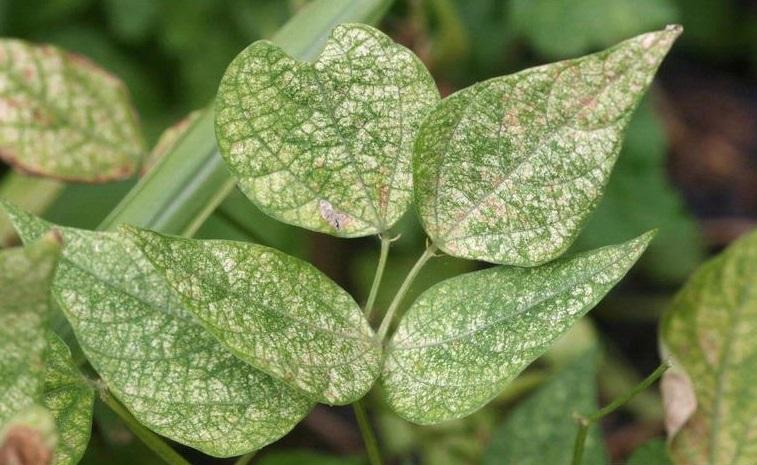
Hibernating females of the red spider mite appear in early spring, in some years starting in April, with the onset of the growing season.
Life cycle. It produces 6-10 generations per year and overwinters in the adult stage. Specifically, it overwinters under the exfoliated bark of trees, under fallen leaves or dry weeds, in the surface layer of the soil, etc. From fertilized eggs, females and males hatch. From the unfertilized ones, only males hatch. Females lay eggs in a silky spider web. They are usually placed on the underside of the leaves, especially along the veins.
Crop damage. It’s a polyphagous species that attacks over 90 species of plants, cultivated and spontaneous. As a result of the attack, yellow spots appear on the leaves at first, which then acquire a shade of red or brown. The discoloration starts at the base of the leaf limb, advances along with the main vein, and finally covers the entire leaf. The attacked leaves dry up and fall, leading to defoliation (affecting 80-100% of the total leaves). As a result of the attack, a stop in the growth of the shoots is registered along with a premature ripening of the fruits.
Pest management. The first treatment should be performed with specific products, in spring, against hibernating females, before they lay eggs.
Recommended products
-
You can find products on a different store
Change Store -
You can find products on a different store
Change Store -
You can find products on a different store
Change Store -
You can find products on a different store
Change Store -
You can find products on a different store
Change Store -
You can find products on a different store
Change Store -
You can find products on a different store
Change Store -
You can find products on a different store
Change Store -
You can find products on a different store
Change Store -
You can find products on a different store
Change Store -
You can find products on a different store
Change Store -
You can find products on a different store
Change Store -
You can find products on a different store
Change Store -
You can find products on a different store
Change Store -
You can find products on a different store
Change Store -
You can find products on a different store
Change Store -
You can find products on a different store
Change Store -
You can find products on a different store
Change Store -
You can find products on a different store
Change Store -
You can find products on a different store
Change Store -
You can find products on a different store
Change Store -
You can find products on a different store
Change Store -
You can find products on a different store
Change Store -
You can find products on a different store
Change Store














































































































































































































































































































































































































































